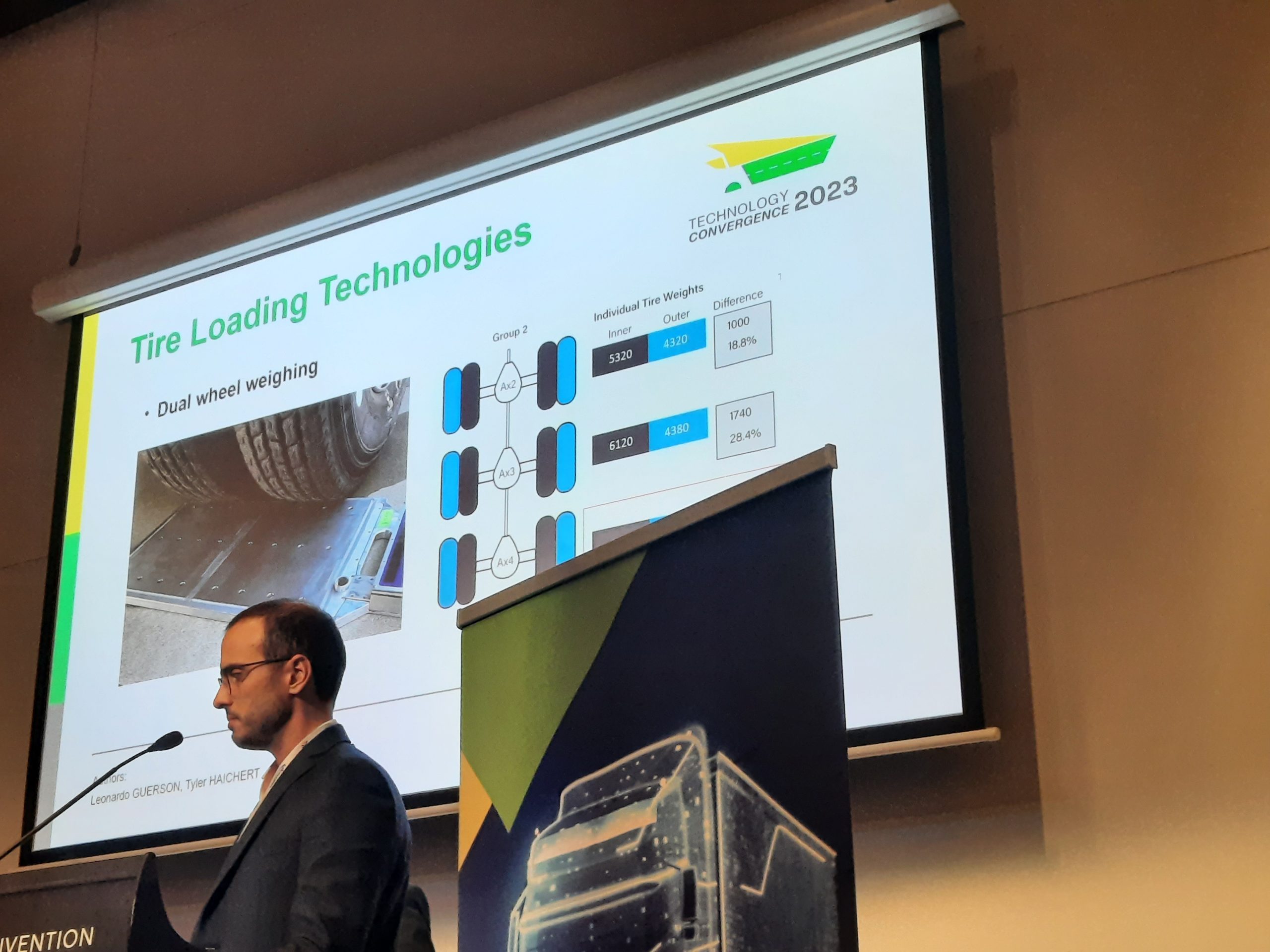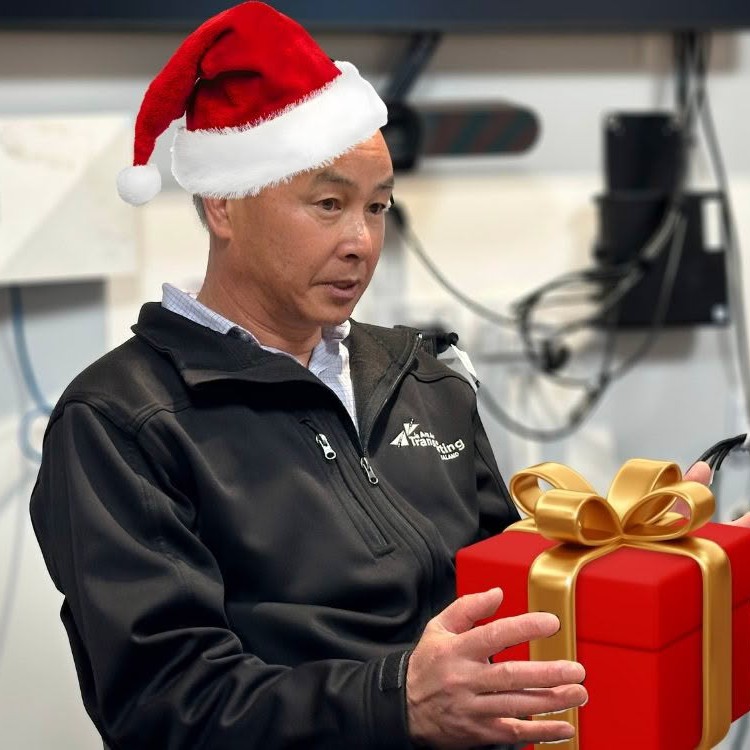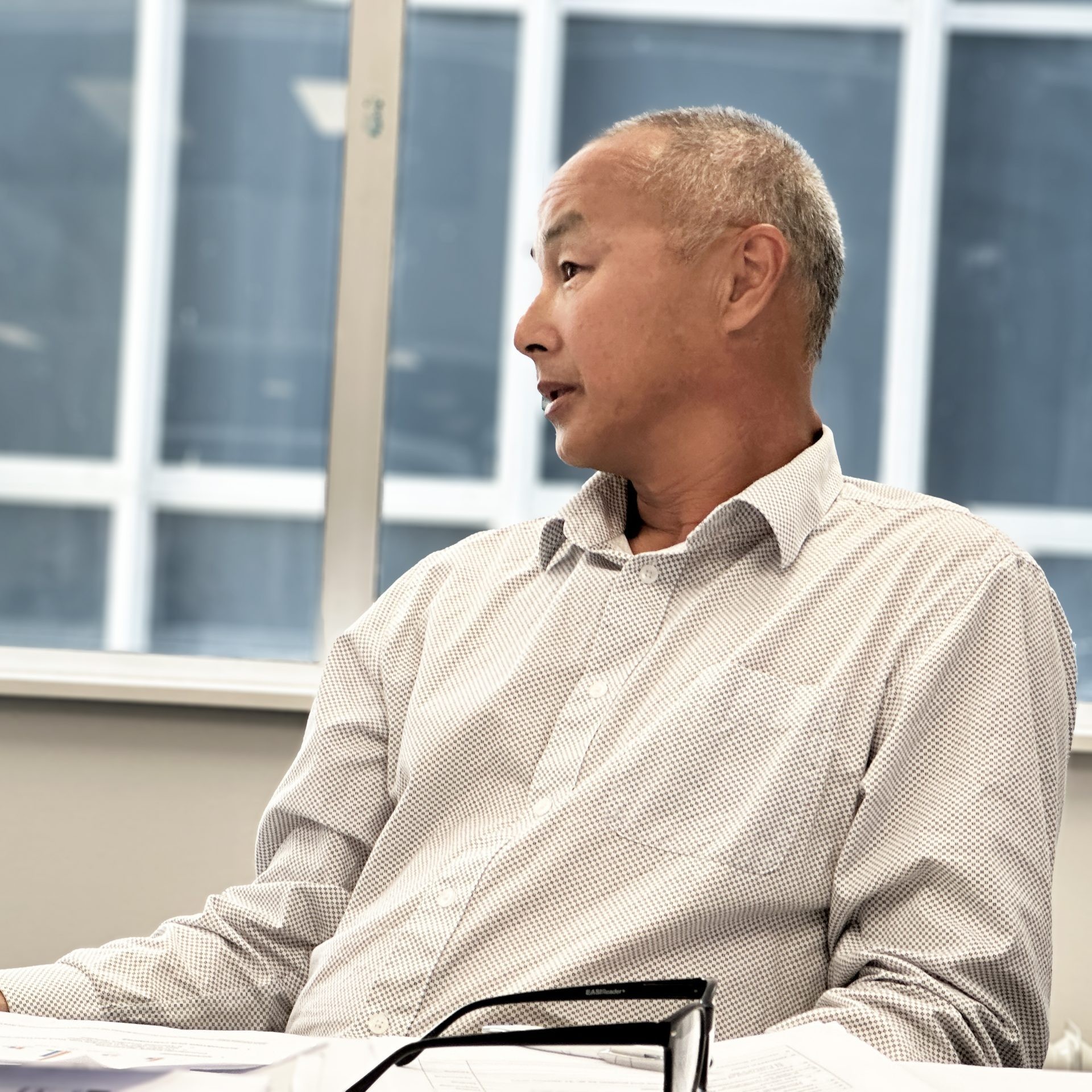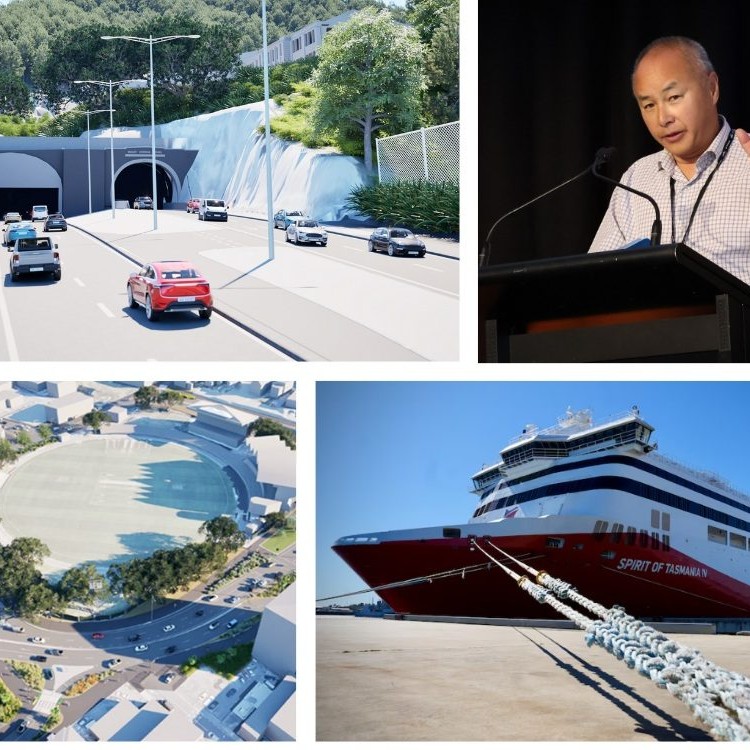
“Reimagining the future of heavy vehicles” is the theme of Technology Convergence 2023, the conference that I am participating in this week in Brisbane.
The international scientific conference is jointly organised by the International Society for Weigh in Motion (ISWIM) and the Heavy Vehicle Transport and Technology Forum (HVTT). The latter is an international group I have been closely involved with for over two decades and its purpose is to share information and promote road freight transport technology, safety, and policy.
One of the ways the relationship benefits New Zealand is that we regularly leverage off the HVTT group. For example, some of the international presenters will be crossing the ditch to Hamilton next week to take part in the IRTENZ conference which I am also involved in .
On a personal note, another advantage of our active participation is that it keeps me abreast of what is happening internationally in research and implementation of transport management systems covering safety, infrastructure, and compliance at a micro and macro level.
Much has changed over the last 20 years.
HVTT was originally very focussed on size and weight and dimensions. It recognised that optimising axle weights and vehicle size with the respective road network would benefit fuel consumption and safety. Ultimately, this led to the development of computer simulation of low and high-speed vehicle characteristics, otherwise known more generally as a performance-based standards approach.
This year’s programme, which includes 72 papers, mainly of technical research, shows a major shift in focus towards climate matters. In the session I am chairing there are three papers: Truck tire and real-life fuel consumption; Analysis of axle configuration, tire pressure and tire temperature of HCT (high capacity transport) combinations; and Introducing a novel method for measuring rolling resistance and dynamic vertical load on a semi-trailer suspension. All three relate to reducing fuel consumption.
Most papers involve transportation engineering research universities, vehicle manufacturers, and tyre manufacturers and are quite technical in nature. Together, they demonstrate the significant investment the sector is making and how seriously it is committed to managing the impact of road transport on climate.
As European manufacturers are required to declare the respective CO2 emissions of their trucks in various service types, it becomes important that the tyre’s rolling resistance coefficient is well understood. Another paper shows the benefit of lifting axles on fuel consumption and more importantly that the main reason for the reduction in rolling resistance associated with lifting axles is not the increase in tyre pressure, but rather the increase in tyre temperature. This begs the question, could tyre pressure and temperature monitoring systems be a viable alternative to lifting axles?
There is now a focus on what technology, particularly onboard weigh systems integrated with telematics, can offer. Concerns about accuracy and integrity appear to be resolved and the approach to better managing compliance across most international jurisdictions appears to be a generation ahead of New Zealand.
As the president of ISWIM explained during his keynote speech, to him, technology convergence means merging new technology to improve safety, productivity, and the environment. We also need to focus on human interoperability.
As another speaker said, the challenges we now face transcend traditional thinking on transport management. These thoughts resonated with me and I was left wondering whether we are doing enough in New Zealand to recognise the pace of change and move with it, or are we still stuck in traditional thinking and approach, lagging several years or even decades behind what other jurisdictions have already done?
The commercial sponsors of the conference are from around the world, and almost all are involved in onboard weighing systems. Not that long ago, most suppliers in this area provided proprietary components and systems; now the levels of interoperability with telematics demonstrate a step change in their deployment and considerable progress.
Another example of the generational leap in progress was high speed weigh-in motion (WIM) systems that not only weigh the vehicle axles but also assess the tyre footprint on the road. They can therefore identify tyre pressure issues which are a potential safety issue, as opposed to a pavement damage issue, which was what WIM was originally developed for.
I presented a paper on fatigue, and while others have done most of the underlying work, I was proud to feel that this trial was another good demonstration of the convergence of technology. The use of bio-mathematical algorithms to predict fatigue, and technology to assess the cognitive performance of a driver during their shift is a quantum shift from relying on prescribed off-work and rest time periods without any real consideration of actual fitness. Note, it should not be presumed that I think the specific risk management system applied in our fatigue trial is the way forward, in fact I don’t think it is. But I do think it is a good demonstration of how we need to be much more progressive and forward-thinking in the application of current technology and data processing capability.
We have three more days filled with papers and presentations and I look forward to learning more about what the rest of the world is doing and thinking, and sharing that when I return.





